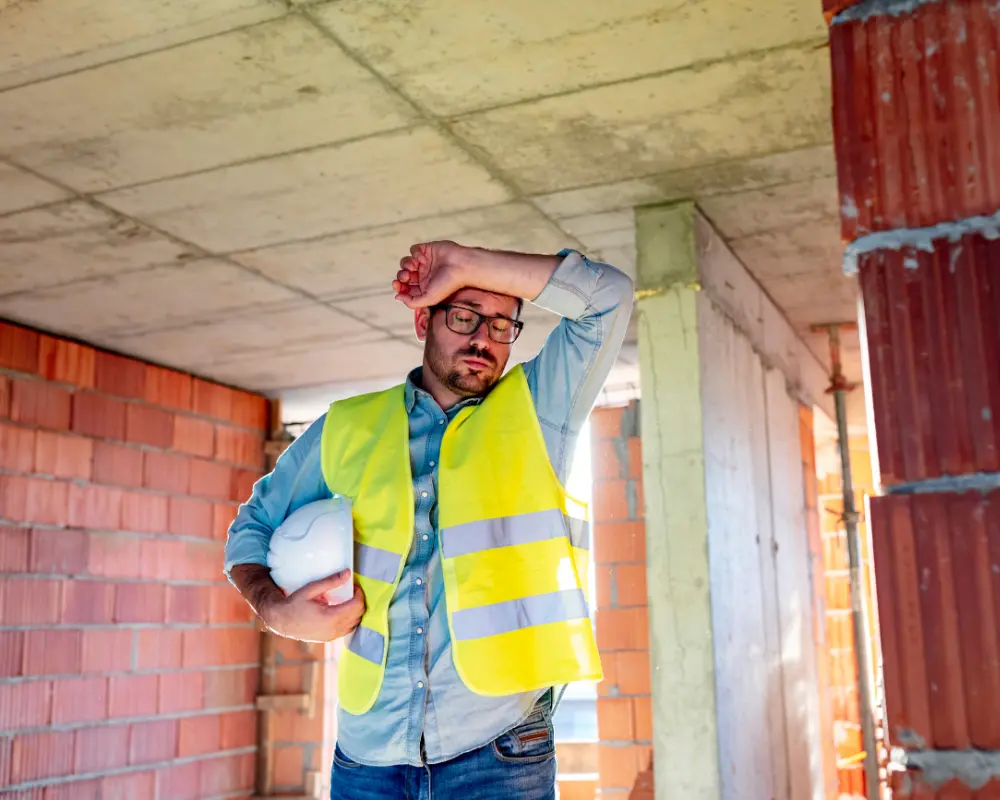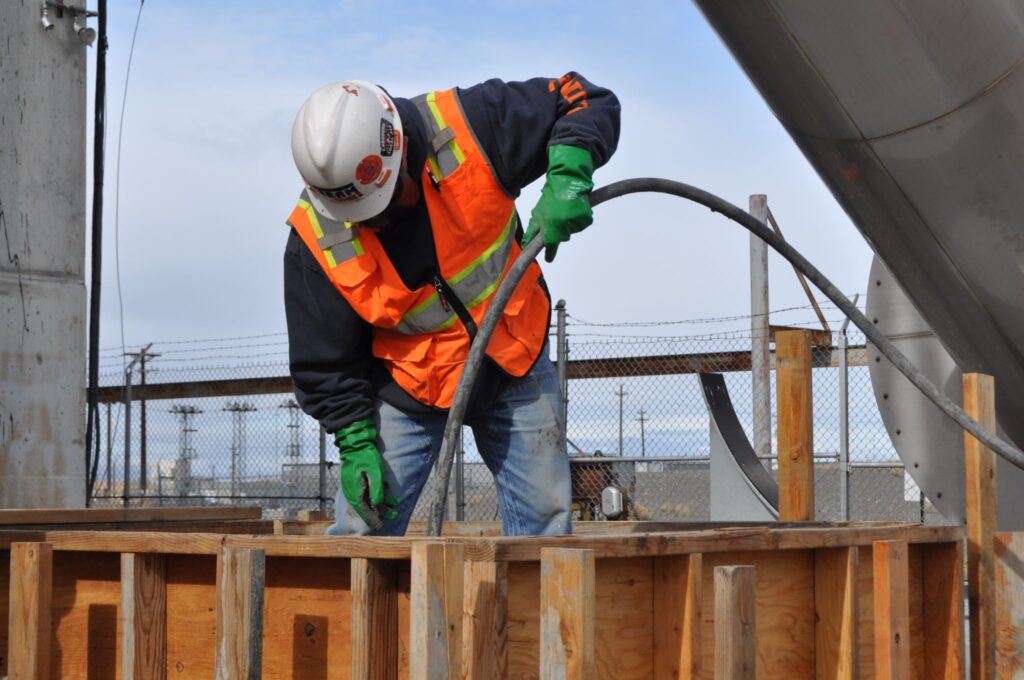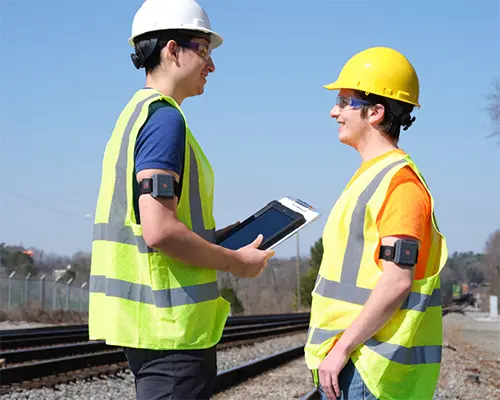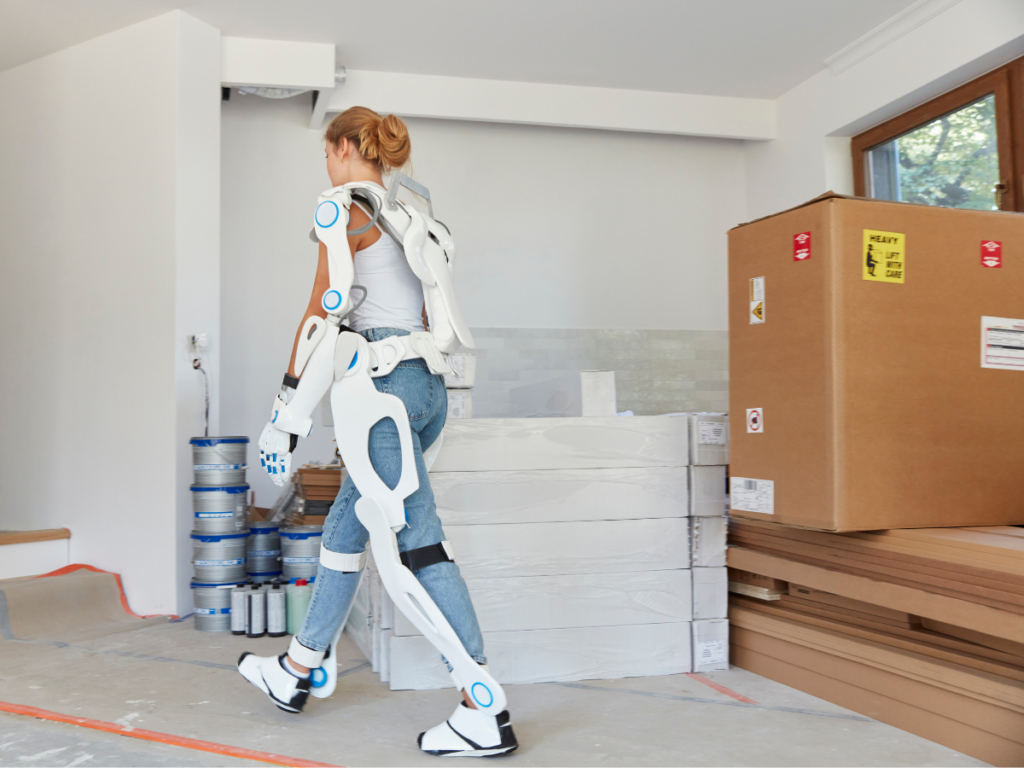How wearables are transforming workplace safety
Originally published in the Occupational Health & Safety‘s Construction Safety Handbook.
In high-risk industries such as construction, worker fatigue and heat stress pose significant threats to safety and productivity. Traditional safety measures rely on workers recognizing symptoms too late. Wearable sensors provide real-time data for proactive intervention, reducing incidents and improving safety.

Linking Fatigue and Accidents
Studies show that 13 percent of workplace injuries can be attributed to fatigue (National Safety Council, 2024). Additionally, workers who regularly sleep less than five hours per night experience an injury rate of 7.89 per 100 employees, while those working more than 60 hours per week have an injury rate of 4.34 per 100 employees. Long shifts, physically demanding tasks, and extreme temperatures exacerbate fatigue, impairing judgment and increasing injury risks. Break schedules and hydration policies alone can’t detect dangerous exertion levels. Technology helps bridge this gap. Wearables continuously monitor safety metrics, providing real-time insights for prevention.
The Role of Wearable Technology
Heat stress remains a major concern in construction, where workers face extreme temperatures, heavy protective gear and long hours. Wearable physiological monitors offer key benefits:
- Early Detection – Identifies heat stress before symptoms appear.
- Real-Time Alerts – Send notifications to supervisors when workers show distress.
- Environmental Integration – Correlates worker data with temperature, humidity, and exertion levels.
While traditional methods help, heat stress symptoms often go unnoticed until it’s too late. Wearables offer a proactive, data-driven approach to prevention. Research shows that wearable sensors provide critical real-time physiological and environmental data, allowing for early detection of heat stress symptoms and more effective intervention strategies (Torbat Esfahani et al., 2024).

Case Study: Wearables in Action
At a Department of Energy (DOE) cleanup project, construction workers faced extreme temperatures exceeding 115°F. Despite existing safety protocols, heat stress remained a concern. To mitigate risks, supervisors implemented real-time physiological monitoring through wearables, enabling dynamic work-rest adjustments.
The result? Zero heat-related incidents among workers using these devices. This data-driven approach enabled early intervention, proving more effective than manual self-assessment.
Addressing Cost, Privacy & Worker Adoption

Is the Investment Justified?
A common concern is that wearables add unnecessary costs when traditional policies already exist. However, OSHA’s Safety Pays Individual Injury Estimator reports that a single heat-related workplace injury can cost employers approximately $79,081 (OSHA, 2024). This includes direct costs such as workers’ compensation, medical treatment and hospitalization, as well as indirect costs like lost workdays and decreased productivity. Investing in wearables enables early heat stress detection, preventing costly incidents while improving overall efficiency.
Worker Privacy Concerns
Some workers worry about constant monitoring, but proper implementation ensures anonymization and prioritizes safety alerts over surveillance. Many initially resisted wearables but later recognized their safety benefits. Research shows that WIoT effectiveness in construction depends on addressing security risks and maintaining worker trust (Okonkwo et al., 2022). Companies that enforce clear data policies and robust security measures can increase adoption while ensuring compliance with privacy regulations.
Adoption Challenges
The construction industry has been slow to embrace new technologies, and some question whether wearables are a passing trend. However, some large-scale projects have successfully integrated them, demonstrating long-term benefits in reduced incidents and increased efficiency. As regulations evolve, wearable adoption is expected to expand.

The Future: AI & Predictive Safety Insights
Looking ahead, AI-powered predictive analytics will take wearables beyond simple monitoring. By analyzing historical data and real-time inputs, AI can:
- Identify fatigue patterns before accidents occur.
- Provide personalized work-rest recommendations based on individual exertion levels.
- Optimize scheduling to reduce overexertion risks while ensuring compliance with safety guidelines.
Additionally, exoskeleton technology—designed to reduce strain on workers—could be integrated with wearables to ensure they do not push beyond safe physical limits. This combination of AI, wearables and assistive devices has the potential to revolutionize construction safety (Torbat Esfahani et al., 2024).
Conclusion
Heat stress and fatigue remain significant yet often overlooked risks in construction. While traditional safety measures provide some protection, wearables offer real-time data for proactive intervention, reducing incidents.
Research shows wearables improve safety, reduce downtime and provide strong ROI. As AI-driven insights advance, wearable solutions will shift from an emerging trend to an industry necessity.
Adopting connected safety technologies now ensures worker protection, efficiency and regulatory compliance.

